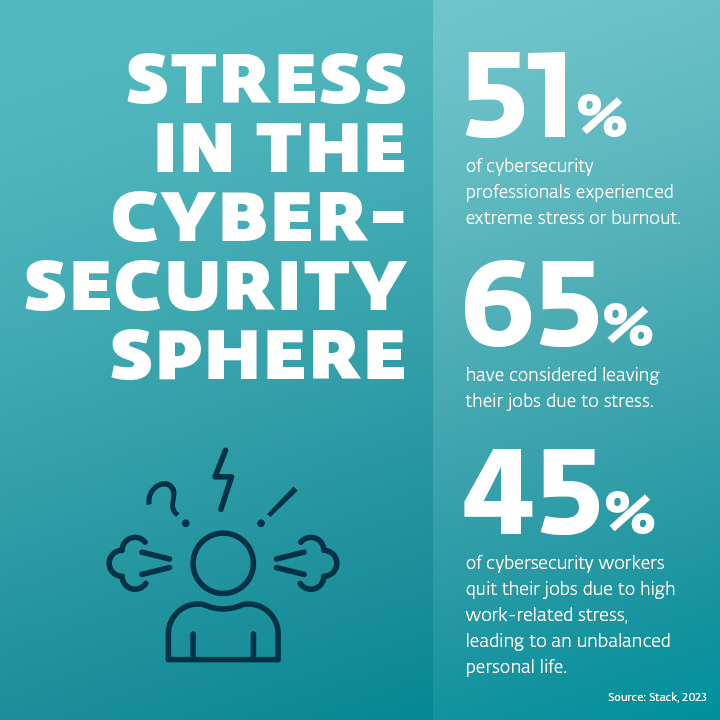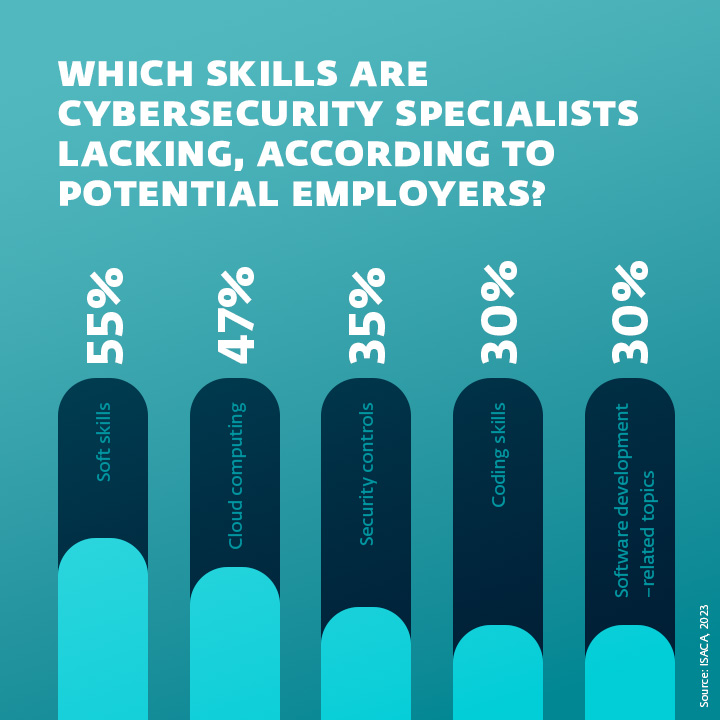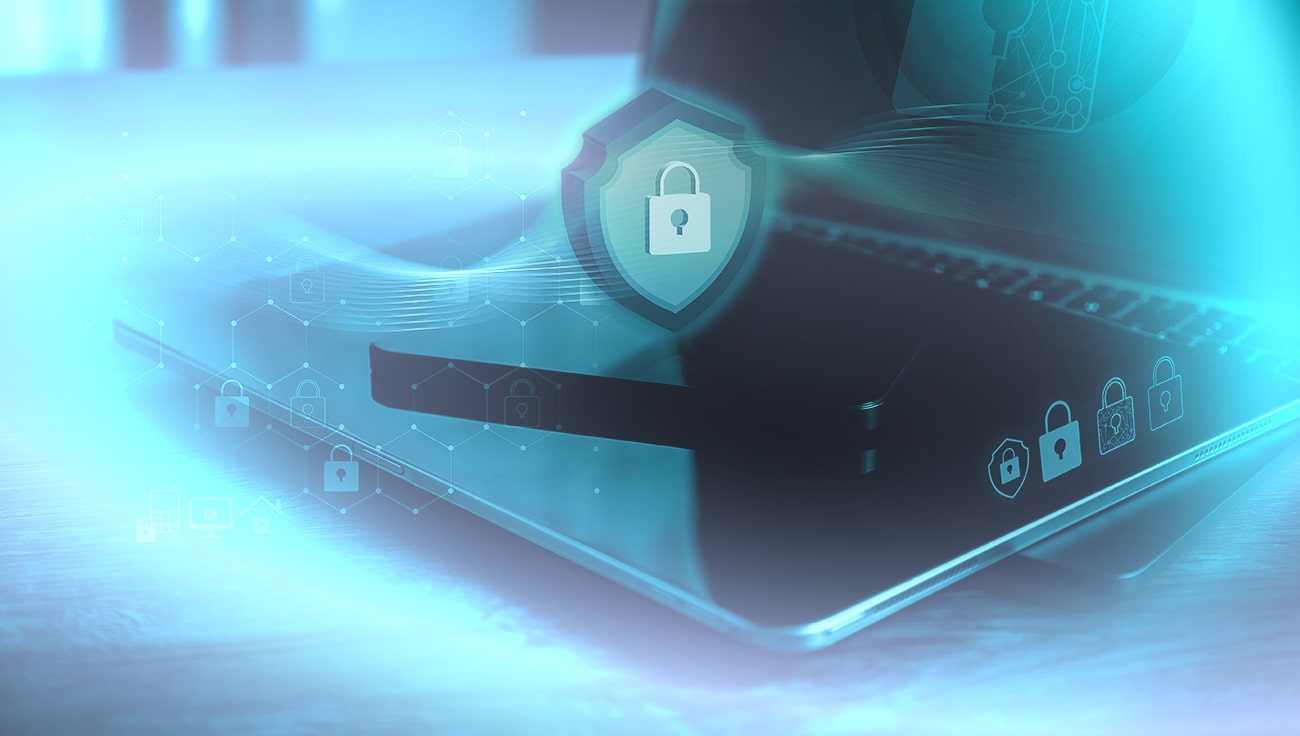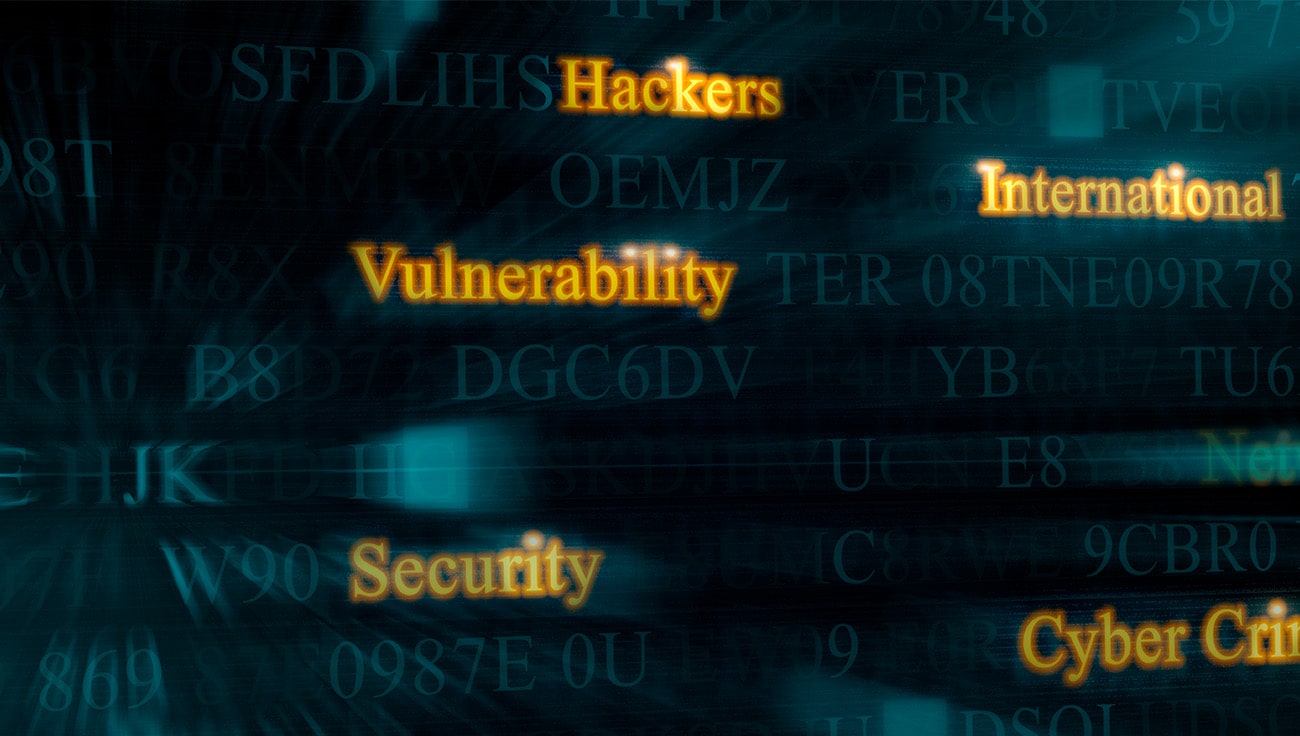Cybersecurity—and, in fact, the entire IT sphere—is becoming increasingly complex each year. This poses significant challenges for IT professionals, who must continuously adapt to keep pace. But what are the concrete repercussions and consequences of this relentless catch-up game, and how can organizations mitigate it through proactive measures?
For IT professionals, staying ahead of the curve means being informed about evolving threats, defense strategies, and technological advancements. Their responsibilities span from understanding company systems to managing software and hardware components, all the while defending their employer against a growing array of cyber threats. Keeping up with all the novelties as well as routine tasks is taxing, if not impossible. But at least this issue concerns only bigger companies, right? Not really. Extreme complexity has found its way into businesses of all sizes. Even in a smaller company, IT specialists face issues similar to their peers in bigger companies—often with fewer staff to cover them all.
What happens when the demands on your internal IT specialists simply become too overwhelming? Here are some of the serious consequences of cybersecurity fatigue.
1. The IT sector is losing professionals.
Since IT and cybersecurity specialists are becoming overwhelmed with responsibilities, many of them are leaving the field.

2. There is a lasting shortage of specialists in the field.
As cybersecurity specialists exit their roles, the disparity between the demand for skilled employees and the available talent pool persists, widening the workforce gap. Still, it would be inaccurate to say that new specialists aren’t entering the cybersecurity field. According to a Cybersecurity Workforce Study from ISC2, the cybersecurity workforce grew by almost 10% in 2022, yet the workforce shortage also rose to a record high: the global workforce gap in 2022 was estimated to be 3,999,964, while the workforce itself counted 5,452,732 employees. And the gap is not getting smaller over time. In fact, from 2022 to 2023, it grew by 12.6%.
3. Workforce gaps and skills gaps are becoming larger.
According to 59% of cybersecurity specialists, skills gaps are even more of a problem than the total shortage of specialists. 92% of cybersecurity employees reported skills gaps at their organization, which is of no surprise—as cybersecurity is becoming more complex, it is almost impossible not to lack in some aspect. Issues with the competencies and skills of potential employees are also observed by employers looking for new talent.

4. Overwhelmed IT specialists are more likely to make errors.
When IT professionals are fatigued by their responsibilities, the risk of them making a mistake rises—which is a critical issue. According to the Data Protection Network, human error is the reason behind approximately 80% of data breaches reported to the Information Commissioner’s Office. And, according to IBM, the average cost of a data breach was $4.45 million in 2023, a 2.3% increase from 2022.
What can you do?
Once you realize that data breaches are just one of the many potential cybersecurity risks that can give your specialists a hard time, it’s clear you should try your best to prevent fatigue from influencing the state of your security. What are the specific steps that can be taken to mitigate this issue and foster a healthier work environment for your employees?
- Outsourcing: Let your IT team focus on strategic business responsibilities and consider moving security tasks to professionals outside your company. By outsourcing security responsibilities to Managed Detection and Response (MDR) service providers, you not only gain access to specialized expertise but also offload the continuous monitoring and response tasks to dedicated professionals who are equipped with the latest tools and technologies. Similarly, partnering with Managed Service Providers (MSPs) can streamline various IT tasks, including security, allowing your internal team to focus on core business objectives.
- Simplify the routine: Simplify the daily tasks and responsibilities of IT specialists and automate wherever possible. Complex and convoluted routines can lead to increased stress and burnout. By streamlining processes and focusing on essential tasks, organizations can alleviate some of the burden placed on their staff.
- Unify tools and resources: Another significant contributor to cybersecurity fatigue is the use of numerous disjointed security tools and platforms, which are difficult to keep track of and may not even be designed to work together. Companies should aim to consolidate their security infrastructure where possible, opting for integrated solutions that are designed to work seamlessly as one unit. The ESET PROTECT Platform is a comprehensive security suite that can simplify management and reduce the cognitive load on IT teams while keeping your company digitally secure.
- Focus on prevention and communication: Prevention is always better than the cure, even in the realm of cybersecurity. By implementing reliable monitoring systems and proactive threat detection measures, organizations can mitigate risks before they escalate into full-blown crises. Additionally, fostering open communication between IT teams and business leaders allows specialists to share their concerns, experiences, and perspectives. Making sure that their voices are heard and valued can help you prevent a situation in which your IT talent becomes overstressed, fatigued, and, as a result, ineffective.
- Invest in ongoing education: Regular training and education are crucial components of any effective cybersecurity strategy. By continually updating employees’ skills and knowledge, businesses can empower their staff to handle emerging demands more effectively. Moreover, investing in comprehensive training programs demonstrates a commitment to employee well-being and professional development, fostering a culture of support and growth within the organization.
Battling cybersecurity fatigue in the world of rapid and continuous evolution might be difficult, but with the right strategies and tools companies could be successful. The reward will be happier employees and more secure business.




